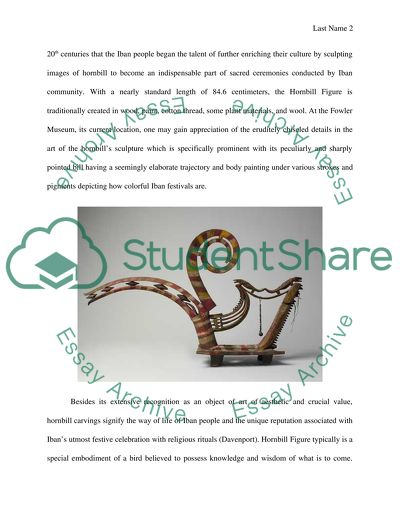Cite this document
(“Narrative Essay Example | Topics and Well Written Essays - 1250 words”, n.d.)
Retrieved from https://studentshare.org/literature/1429429-narrative
Retrieved from https://studentshare.org/literature/1429429-narrative
(Narrative Essay Example | Topics and Well Written Essays - 1250 Words)
https://studentshare.org/literature/1429429-narrative.
https://studentshare.org/literature/1429429-narrative.
“Narrative Essay Example | Topics and Well Written Essays - 1250 Words”, n.d. https://studentshare.org/literature/1429429-narrative.


